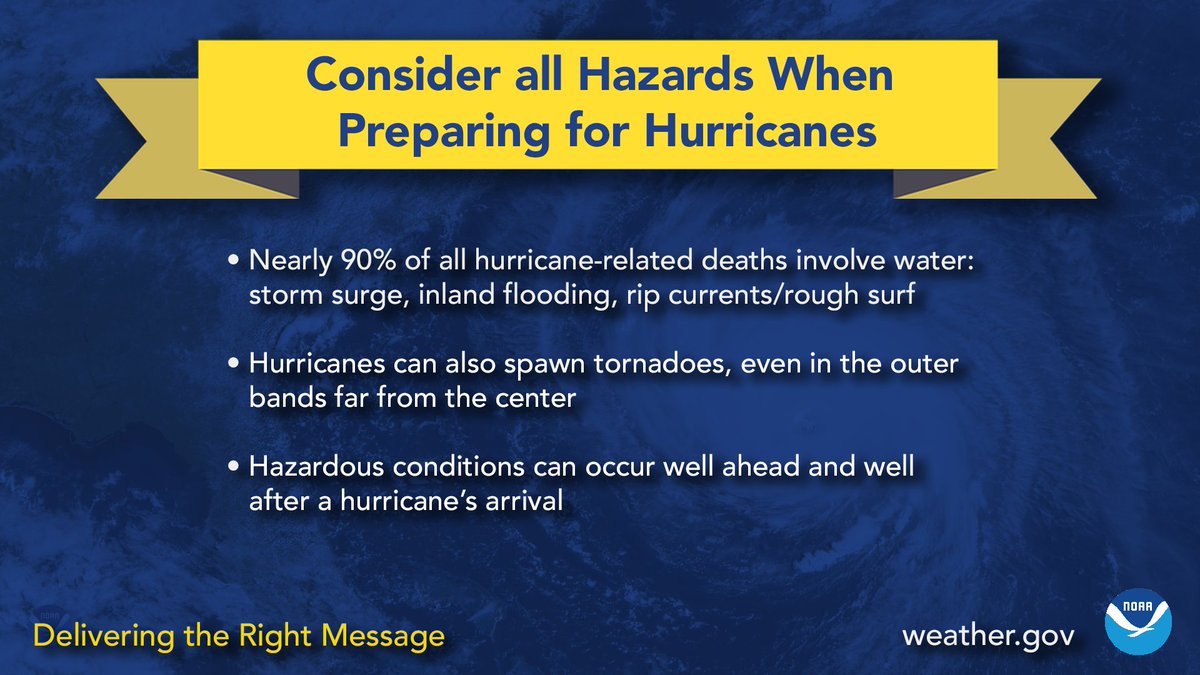Jacksonville, Fl. — THE TROPICS:
***** ALWAYS CHECK & RE-CHECK THE LATEST FORECAST & UPDATES! ****
Tropics threats/impacts for Jacksonville/NE Florida/SE Georgia: None through early Thu. but nontropical or subtropical low pressure east then northeast of Jacksonville will help cause another round of strong onshore flow, gusty winds & some rain later Thursday/Friday/Saturday.
The Atlantic Basin Overview:
The Atlantic hurricane season is June 1st through Nov. 30th.
(1) An active tropical wave (’95-L’) over the Eastern Atlantic will continue west/northwest this week. The continues to organize & tropical storm “Jerry” may be born rather soon. The wave should be just east & northeast of the Caribbean by Thu./Fri. while veering more northward with time. A faster developing system - as seems to be occurring - would likely result in an earlier northward move vs. a weaker system more steered by the low level prevailing easterlies. Virtually all models have come into decent agreement now on a tropical system developing & coming close to but *probably* missing the Caribbean islands just to the east & northeast late this week.
(2) Low pressure is forecast do develop near the U.S. east coast east of Florida by late week. The low is forecast to move north/northeast while deepening. There is some chance this low may try to take on at least subtropical characteristics while moving from near the Carolina’s to the Mid-Atlantic but offshore. Depending on the exact track & strength of the low, heavy rain, rough surf & gusty winds could impact the Carolina’s to at least Chesapeake Bay late in the week into the weekend.
(3) A tropical wave will move over the Bay of Campeche (far SW Gulf) before moving inland over Mexico by Wed. night. Limited time over warm water should limit overall development but heavy rain & gusty winds over the Yucatan Peninsula will reach Eastern Mexico later Wed. into Thursday.


South Florida Water Management District radar imagery:
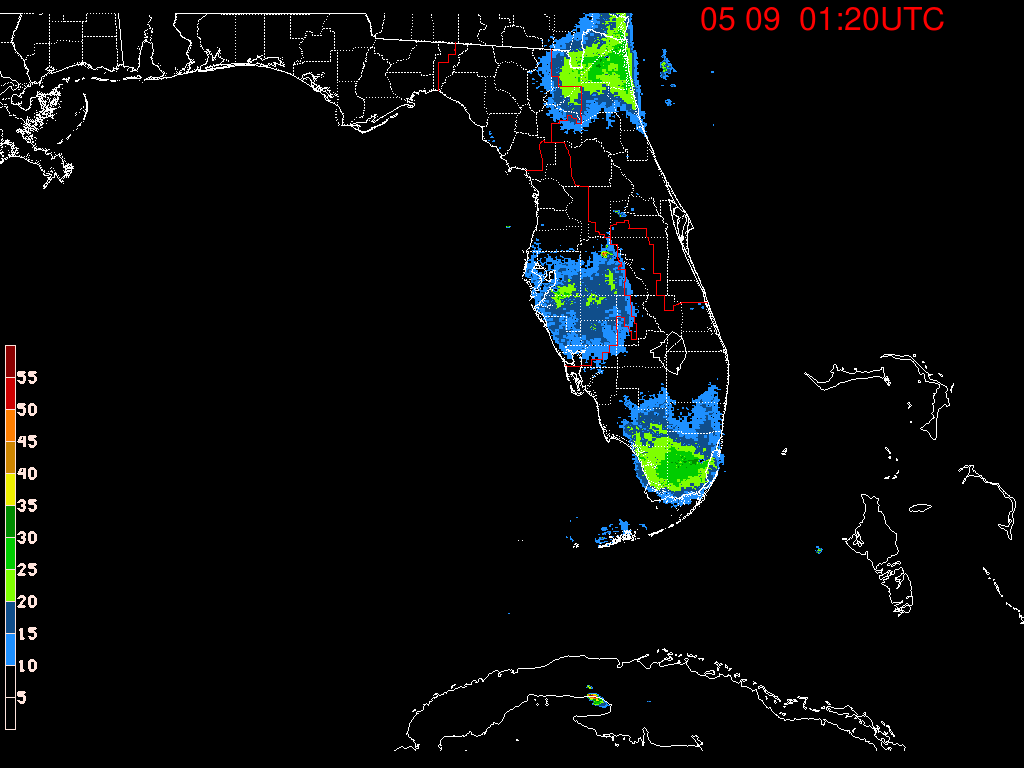
7-Day rainfall forecast:



‘Velocity potential anomalies’ below. shows “Rising” air (green lines) equates with an uptick in overall convection. With rising air, conditions are generally more favorable for tropical development. Where there are brown lines, the air is generally sinking & is often less conducive to tropical cyclones (though not impossible to have development).

The “Buresh Bottom Line”: Always be prepared!.....First Alert Hurricane Preparation Guide... City of Jacksonville Preparedness Guide... Georgia Hurricane Guide.
STAY INFORMED: Get the * FREE * First Alert Weather app
FREE NEWS UPDATES, ALERTS: Action News Jax app for Apple | For Android
WATCH “Preparing for the Storm”
WATCH “The Ins & Outs of Hurricane Season”
READ the First Alert Hurricane Center “Preparation Guide”
LISTEN “First Alert Weather: Preparing for the Storm”
Federal Alliance for Safe Homes (FLASH) * here *.
REMEMBER WHEN A TROPICAL STORM OR HURRICANE IS APPROACHING: Taping windows is *not* recommended & will not keep glass from breaking. Instead close curtains & blinds.
Realize the forecast cone (”cone of uncertainty”) is the average forecast error over a given time - out to 6 days - & *does not* indicate the width of the storm &/or where damage might occur.
The map below shows the *average* time for a tropical wave coming off Africa to travel west & northwest. Only about 1 in 5 tropical waves - on average - become a tropical cyclone of some sort (depression/storm/hurricane):
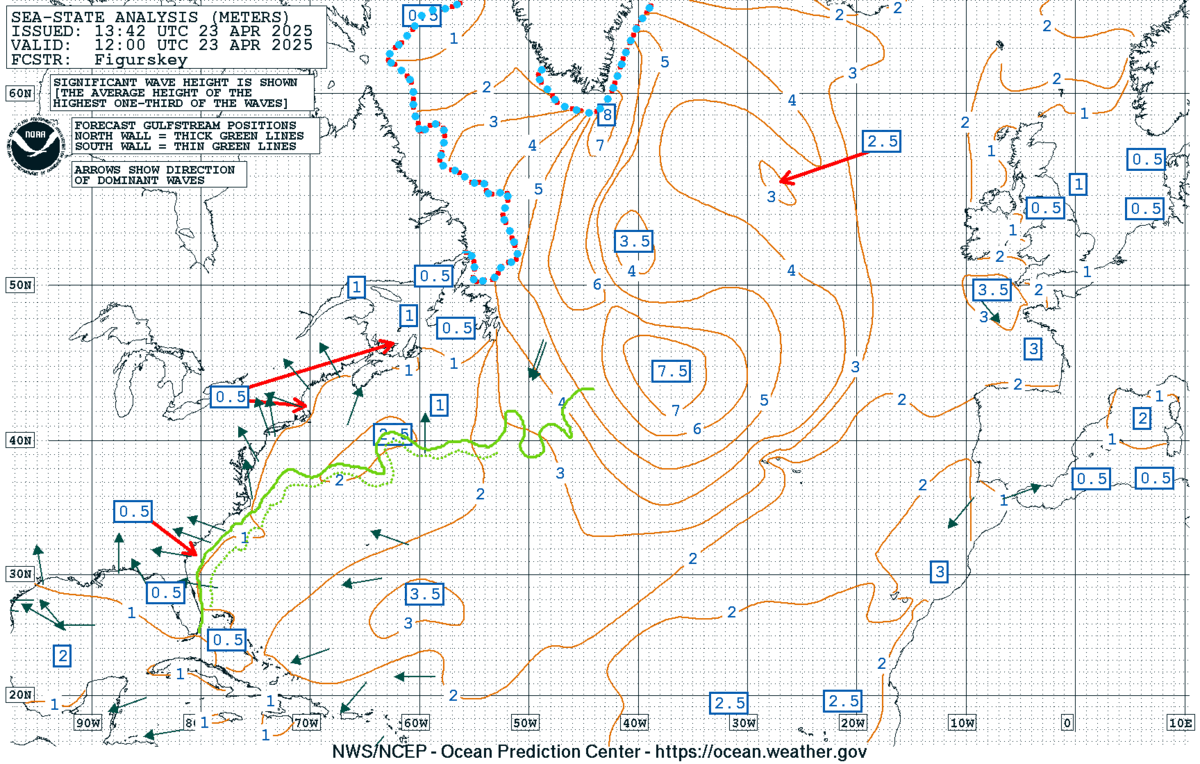
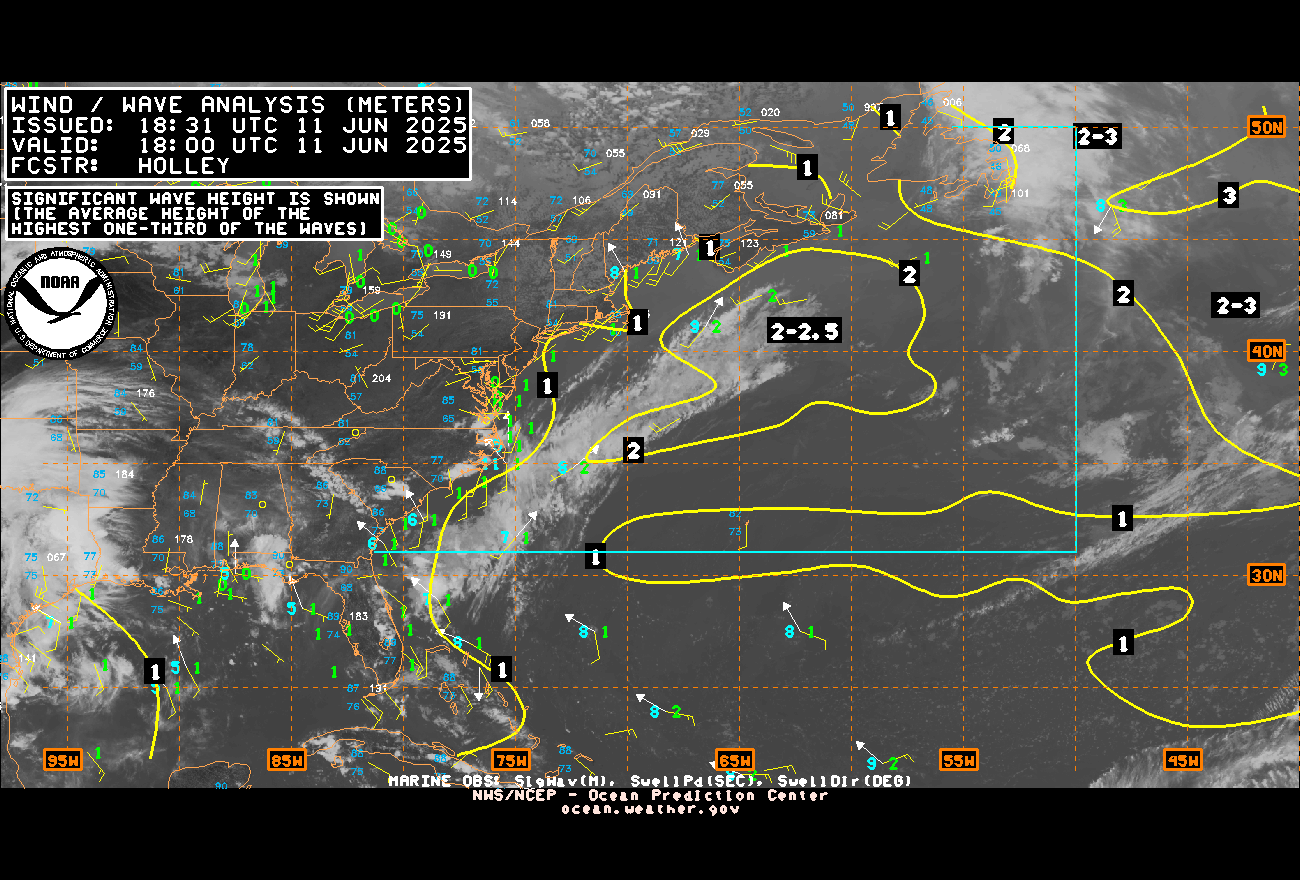




Water vapor loop (dark blue/yellow is dry mid & upper level air):

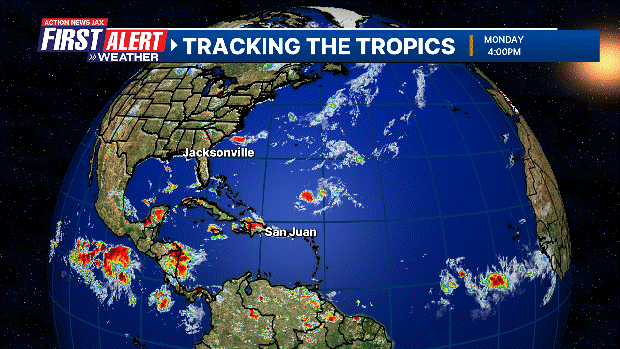
October Atlantic tropical cyclone origins:
Averages below based on climatology for the Atlantic Basin for October:
Wind shear (red - strong shear; green - low shear). Shear is typically strong to start the hurricane season:




Saharan dust spreads west each year from Africa driven by the prevailing winds (from east to west over the Atlantic). Dry air = yellow/orange/red/pink. Widespread dust is indicative of dry air that *can* interfere with the development of tropical cyclones. However, sometimes “wanna’ be” waves will just wait until they get to the other side of - or away from - the dust plume then try to develop if other conditions are favorable (we saw this with Beryl & Debby last year). It’s my personal opinion that there is way too much “hoopla” about the presence of Saharan dust & how it relates to tropical cyclones. In any case, the peak of Saharan dust typically is in June & July, & we are indeed seeing a large “blobs” of Saharan dust over the Central & Eastern Atlantic that’s thinning with westward extent but enough of it to make for hazy skies across the Caribbean & - at times - across parts of Florida.
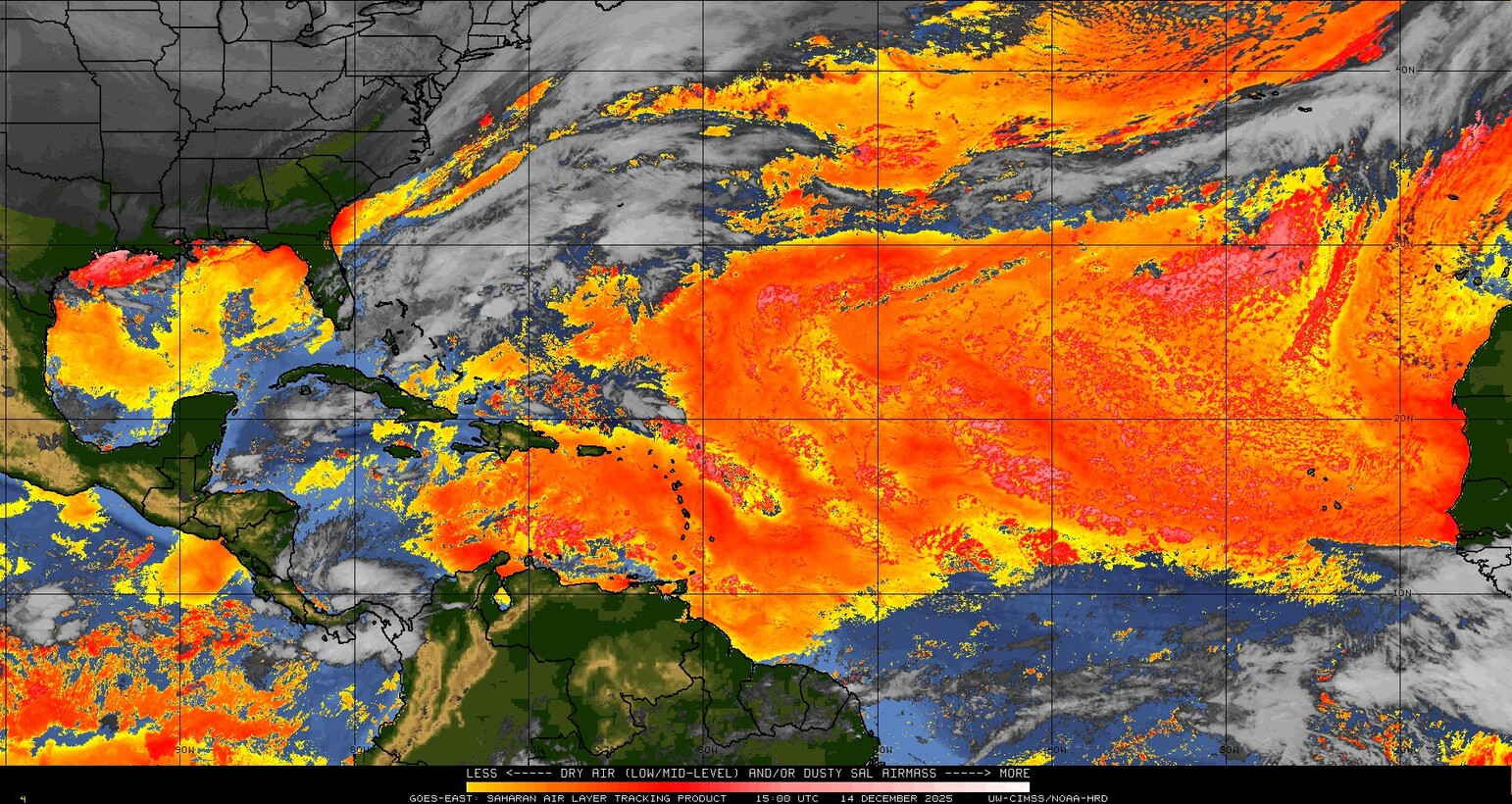
2025 names..... “Jerry” is the next name on the Atlantic list (names are picked at random by the World Meteorological Organization... repeat every 6 years). Historic storms are retired [Florence & Michael in ’18... Dorian in ’19 (the last time this year’s list was used) ... Laura, Eta & Iota in ‘20 ... Ida in ‘21 ... Fiona & Ian in ‘22... no names were retired in ‘23 for the first time since 2014... & Beryl, Helene & Milton last year in 2024]). The WMO decided - beginning in 2021 - that the Greek alphabet will be no longer used & instead there will be a supplemental list of names if the first list is exhausted (has only happened three times - 2005, 2020 & 2021). The naming of tropical cyclones began on a consistent basis in 1953. More on the history of naming tropical cyclones * here *.

Hurricane season climatology:
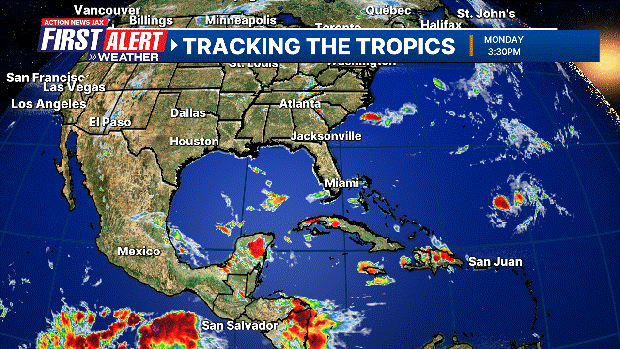



East Atlantic:




Mid & upper level wind shear (enemy of tropical cyclones) analysis (CIMMS). The red lines indicate strong shear:
Water vapor imagery (dark blue indicates dry air):

Deep oceanic heat content over the Gulf, Caribbean & tropical Atlantic. The colors will brighten greatly as the water warms to greater depths deeper into the season. It’s worth noting that the deep oceanic heat content right now is not as high as this time last year.

Sea surface temps.:

Sea surface temp. anomalies:

SE U.S. surface map:
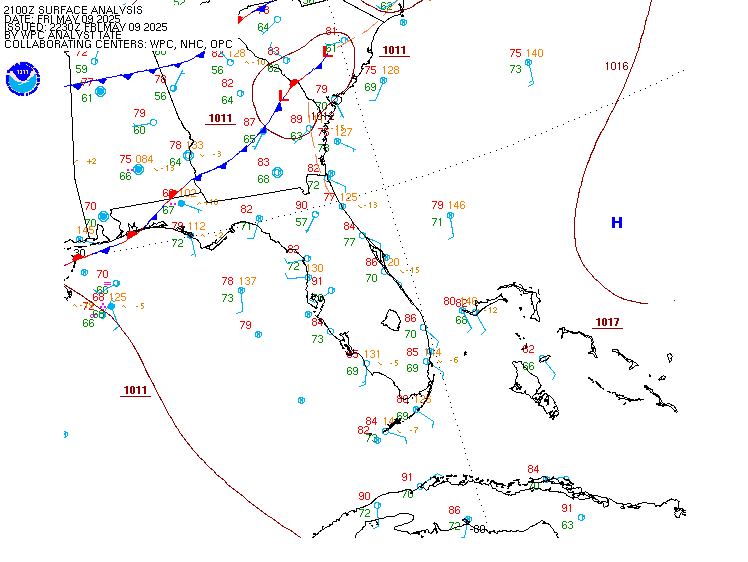
Surface analysis centered on the tropical Atlantic:
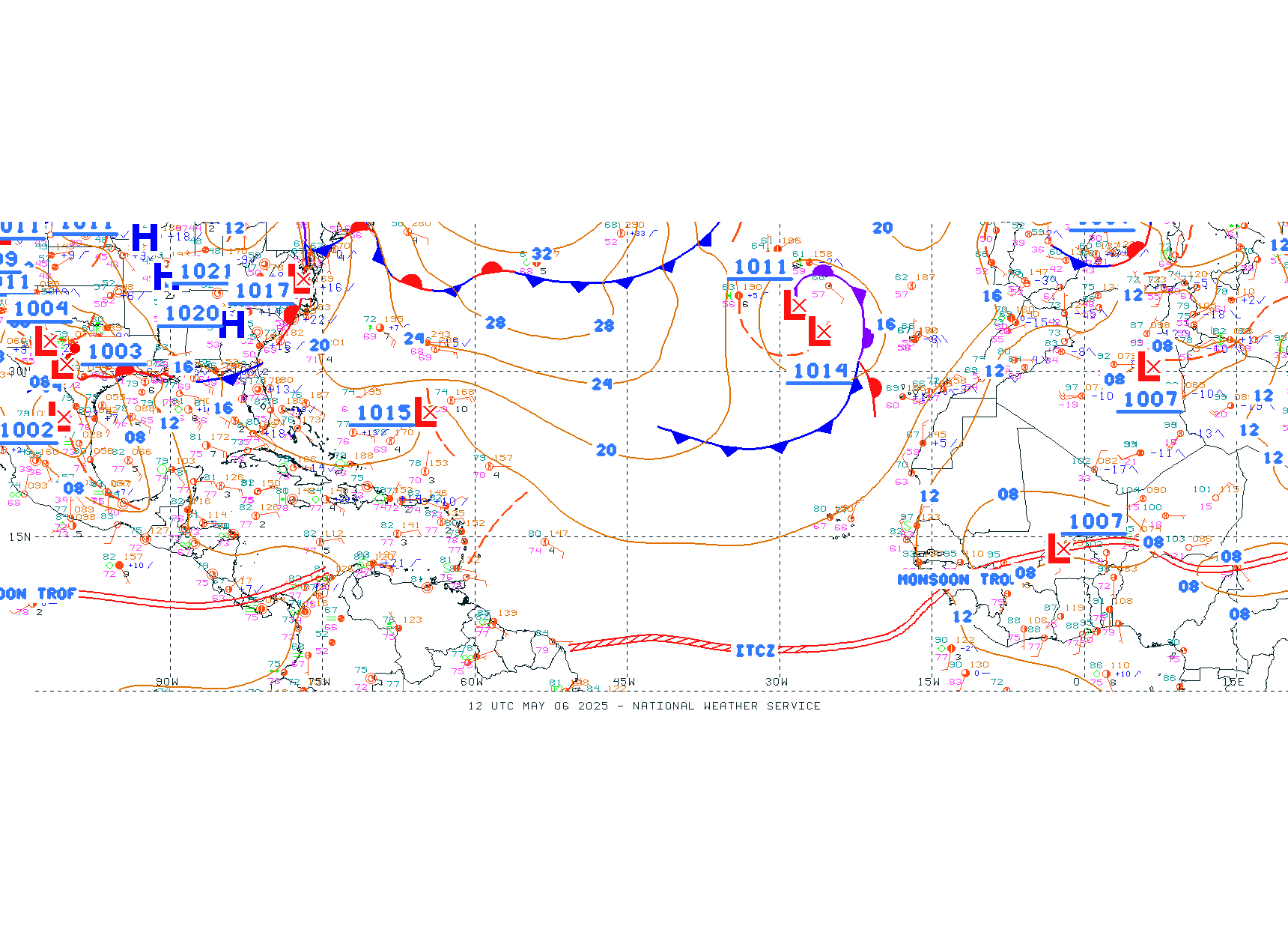
Surface analysis of the Gulf:

Caribbean:

Atlantic Basin wave period forecast for 24, 48, 72 & 96 hours respectively:
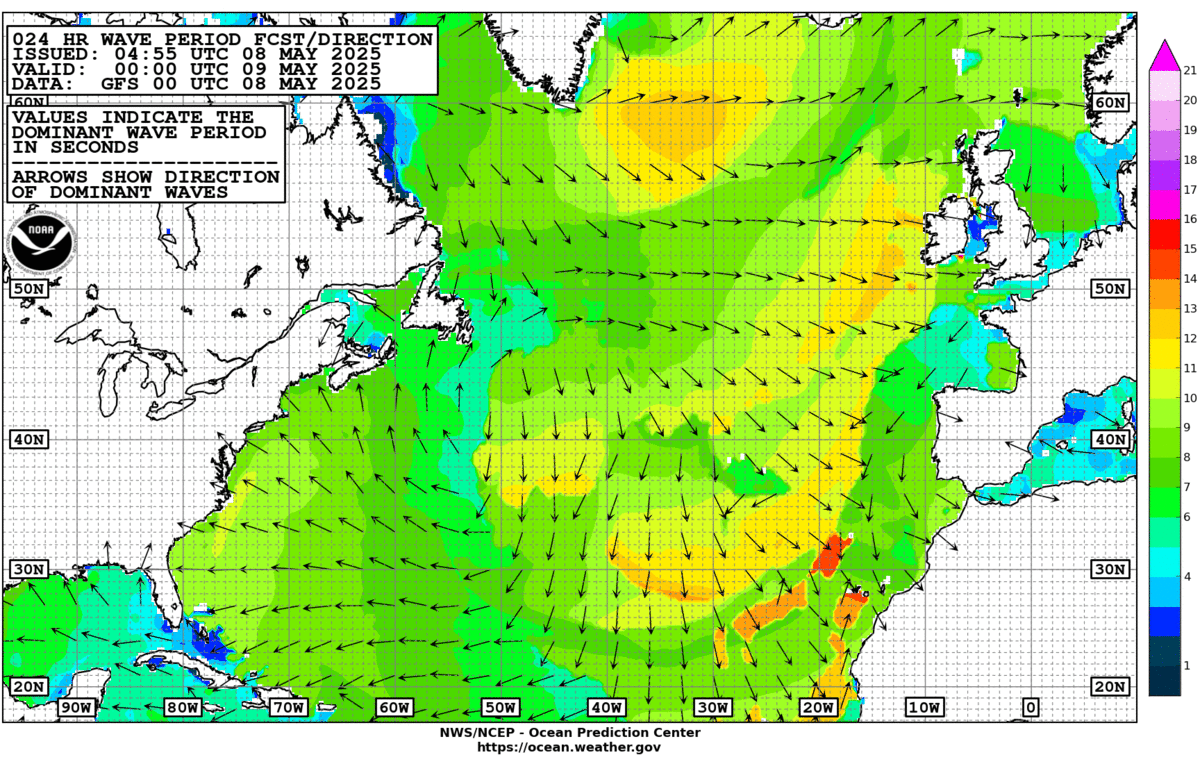
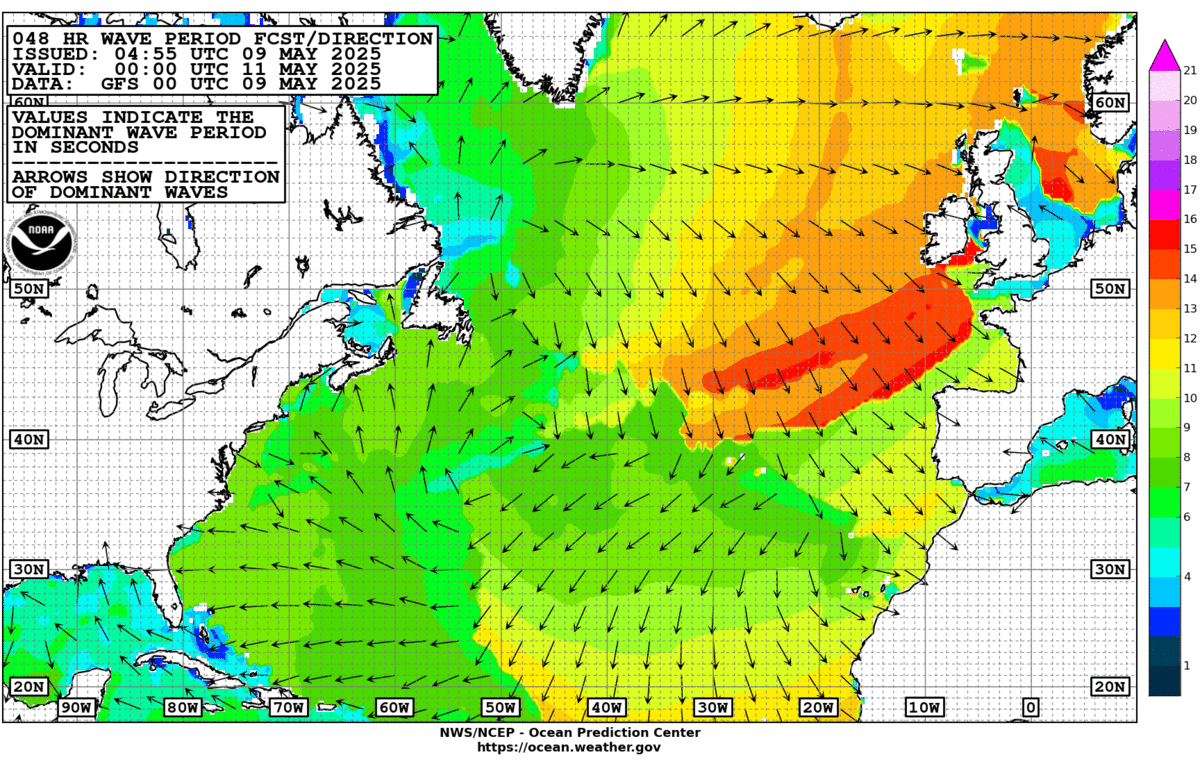
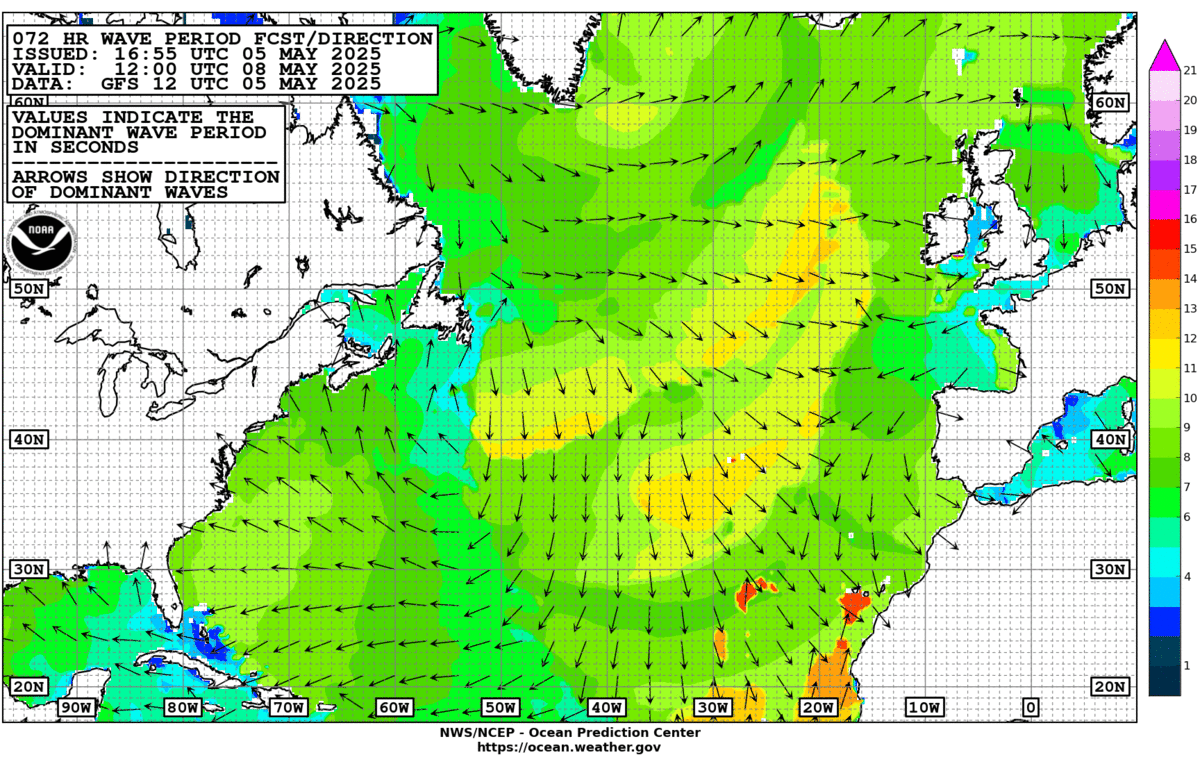
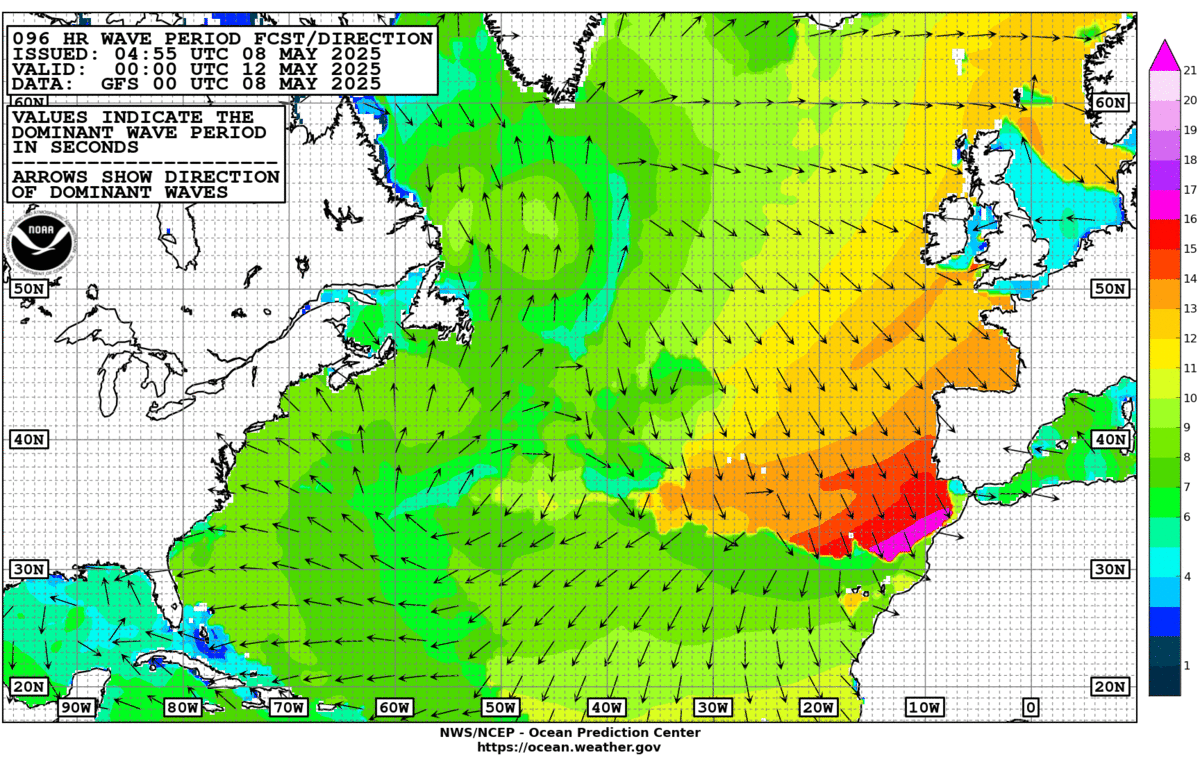

This past spring I visited the west coast of Florida - from Cedar Key to Tampa Bay - to see how the area is recovering from the very rough ‘24 hurricane season namely Helene & Milton:
East & Central Pacific:
“Priscilla” stays west of Mexico & the Baja but will bring some fringe impacts - gusty winds & heavy rain - to the Southern Baja of California. And some tropical moisture will push into the SW U.S. by late week/this weekend enhancing rainfall & potential flooding from Southern California to Arizona & New Mexico:

“Octave”:

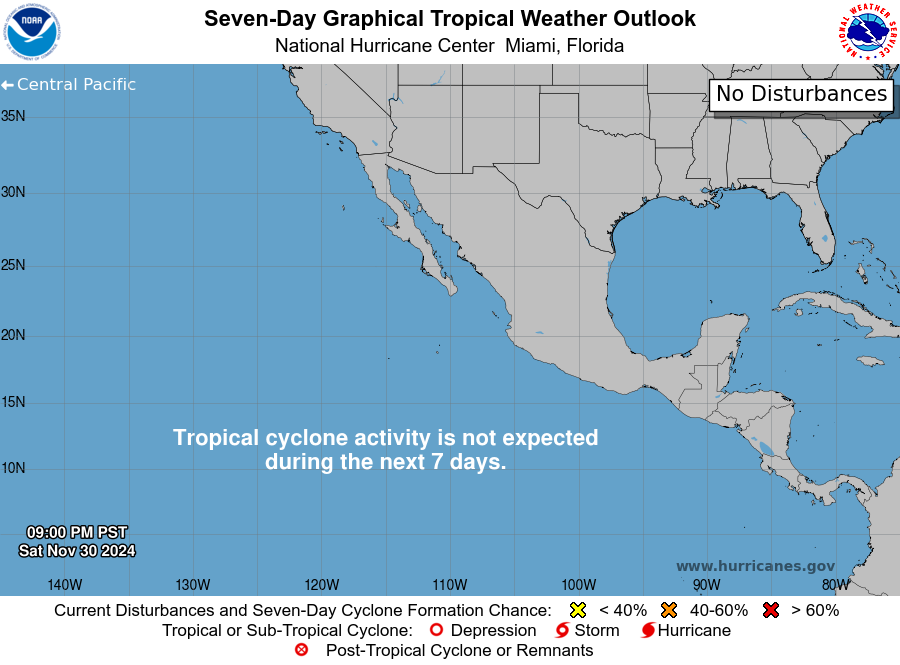



Central Pacific:
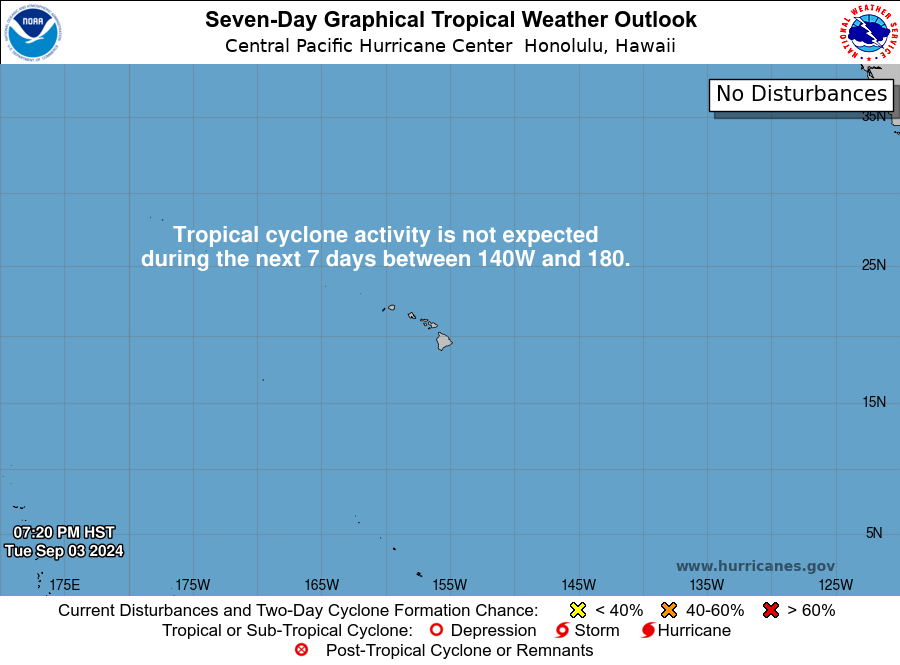
Hawaii satellite imagery:

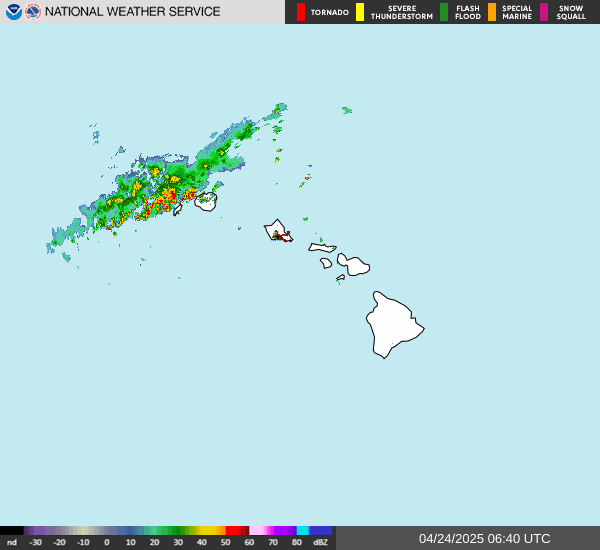
West Pacific:
Global tropical activity:
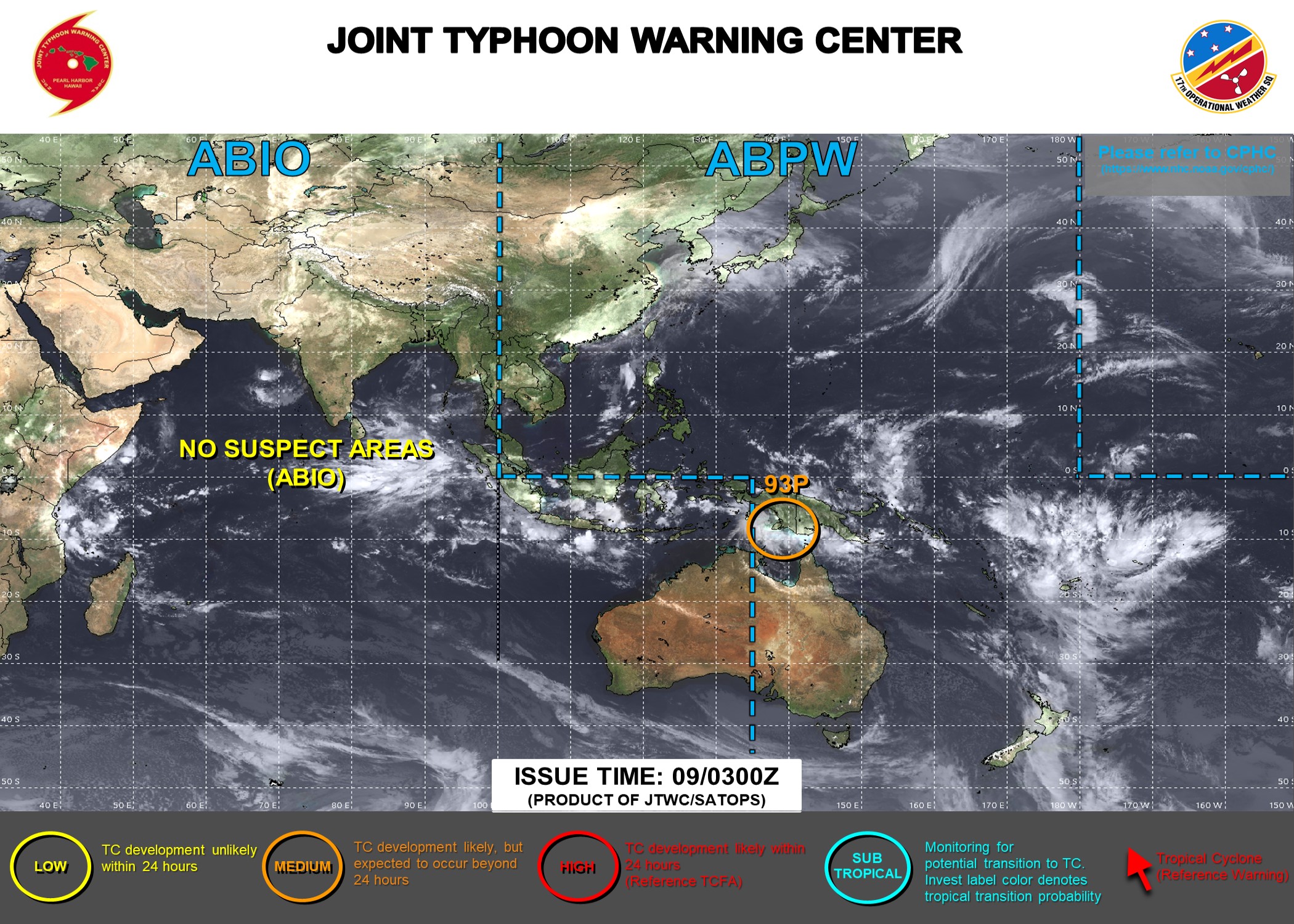
“Halong”:
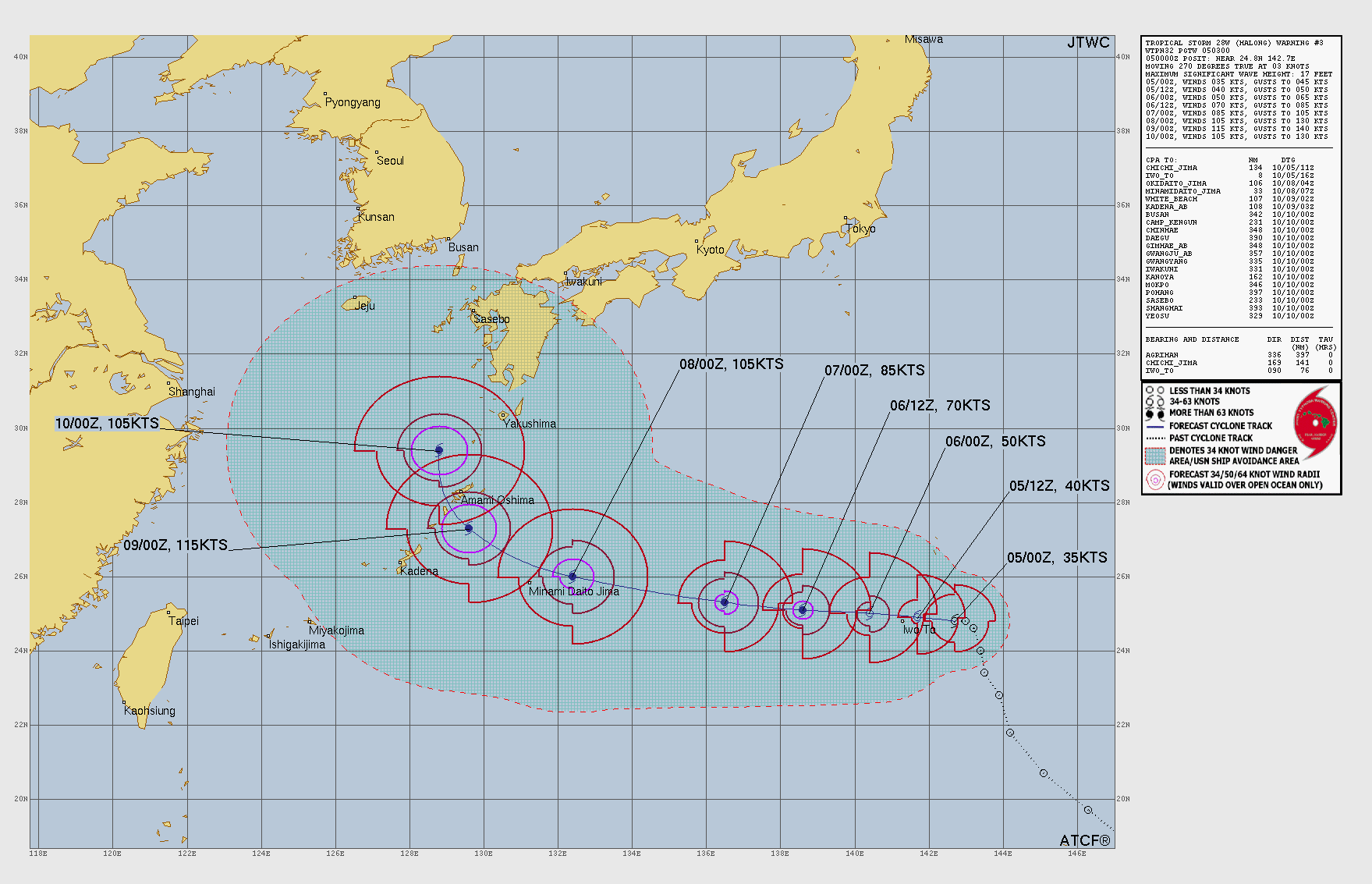
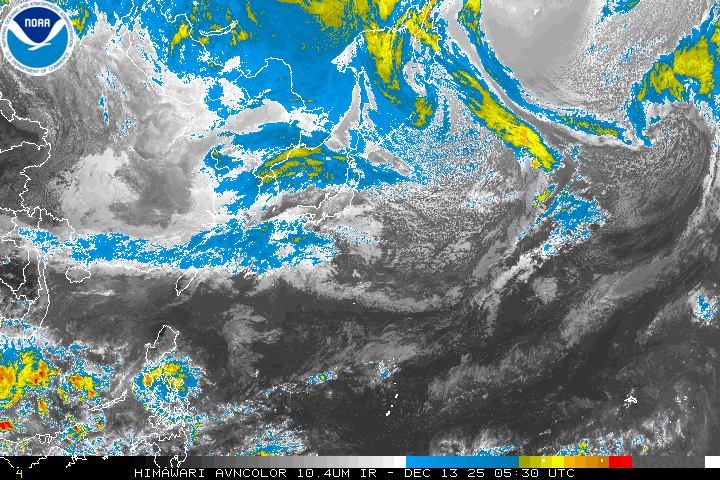


Cox Media Group


